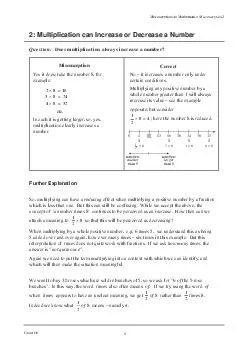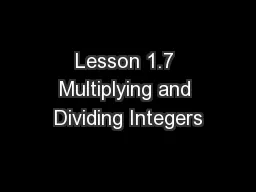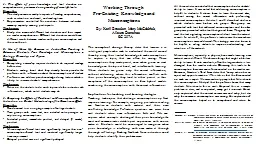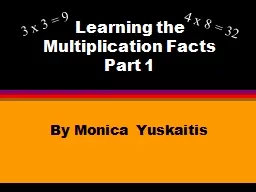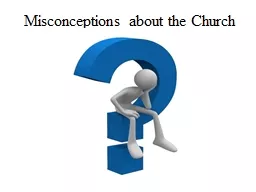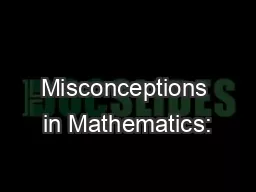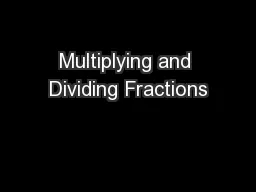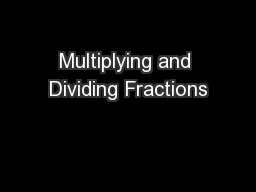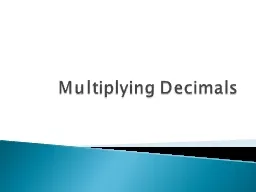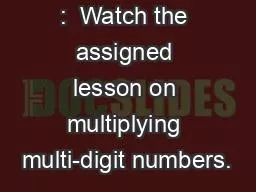PDF-Count On Misconceptions in Mathematics Misconception Multiplication can Increase or
Author : marina-yarberry | Published Date : 2014-12-08
But this can still be confusing While we accept the above the concept of a number times 8 continues to be perceived as an increase How then can we attach a meaning
Presentation Embed Code
Download Presentation
Download Presentation The PPT/PDF document "Count On Misconceptions in Mathematics M..." is the property of its rightful owner. Permission is granted to download and print the materials on this website for personal, non-commercial use only, and to display it on your personal computer provided you do not modify the materials and that you retain all copyright notices contained in the materials. By downloading content from our website, you accept the terms of this agreement.
Count On Misconceptions in Mathematics Misconception Multiplication can Increase or: Transcript
Download Rules Of Document
"Count On Misconceptions in Mathematics Misconception Multiplication can Increase or"The content belongs to its owner. You may download and print it for personal use, without modification, and keep all copyright notices. By downloading, you agree to these terms.
Related Documents

